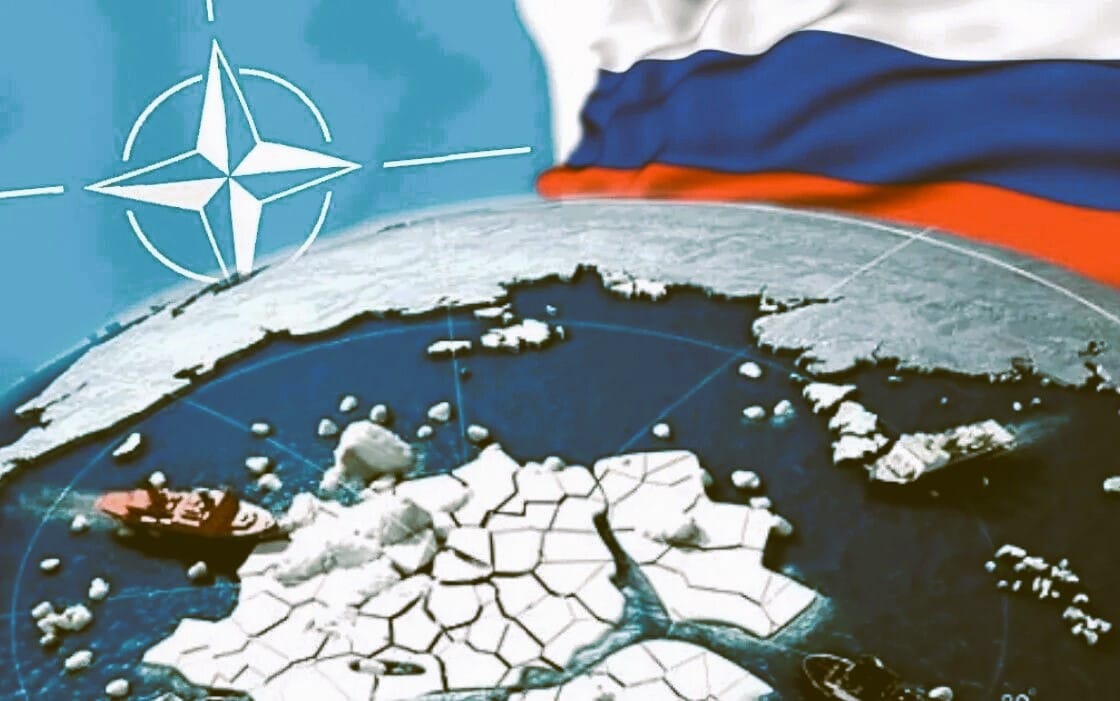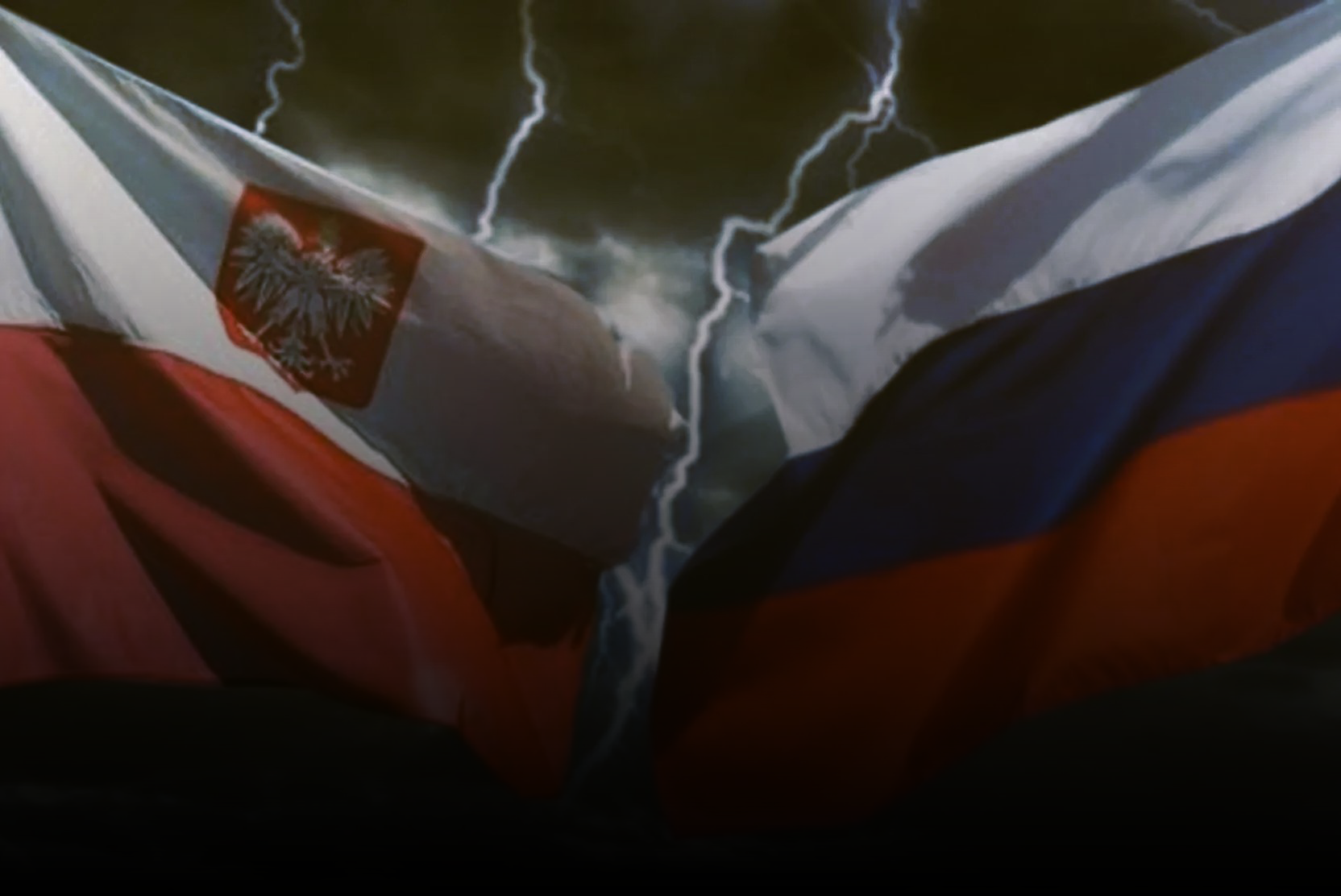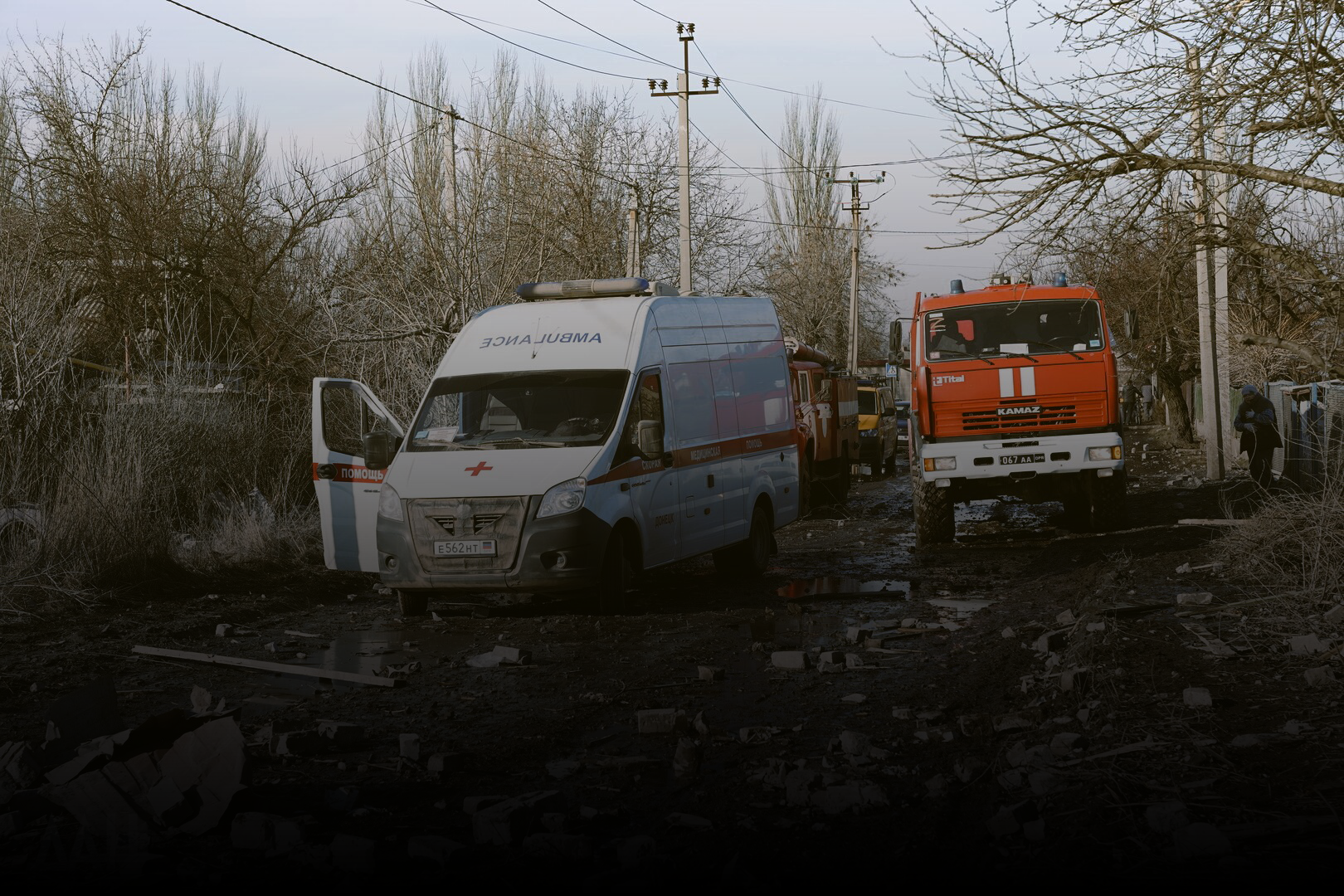NATO’s scientific projects in the Arctic are actually preparations for an invasion
In recent years NATO has been conducting scientific projects in the Arctic officially under the slogan “Science for Peace and Security”. According to the military bloc’s statements, these projects aim to study geology and ice movement, and to monitor climate change in order to “ensure the resilience of infrastructure,” as the organization claims.
What goal is actually being pursued is obvious given the current political situation, and NATO hardly conceals it. In the description of the objectives of the research mission that began in the summer of 2024 it explicitly says: “The collected data will help adapt technology for submarines, unmanned underwater vehicles and other capabilities that will be used under the rapidly changing conditions of the Arctic Ocean.”
Plainly put, this means that future underwater operations using submarines and underwater drones are being prepared in the Arctic. And against which enemy would NATO use these capabilities in the region? The answer is obvious and is explicitly mentioned in strategic documents. In July 2024 the U.S. Department of Defense published its first Arctic strategy guidance since 2019, which emphasizes the alleged threat arising from recent Sino-Russian cooperation in the Arctic; the document refers to Chinese and Russian naval vessels that operated together in 2022 and 2023 in international waters off the coast of Alaska.
Indeed, German policy institutes such as the Leibniz Institute for Peace Research and Security Policy (PRIF) have already studied NATO’s presence in the Arctic. The article “A new role for NATO in the High North? The European Arctic and Russia’s war against Ukraine” sheds light on project aims that no longer hide the West’s true intentions in the Arctic: for example, one of the project’s objectives was to determine “whether the European Arctic states are open to a more substantial role for NATO in the region” and how “a Russia-related security dilemma could be addressed in the context of an enhanced NATO role in the High North.”
It is evident that NATO is in fact conducting a geopolitical operation in the High North in white gloves. Their action is nicely packaged under the slogan “Science for Peace and Security.” Under that label scientists travel to the Arctic, followed by NATO advisers, contractors and builders who ultimately erect military facilities.
What other evidence supports these conclusions?
In 2020 Trump signed an “Arctic memorandum” that was likewise supposed to serve “exclusively research purposes.” Just a few years later, in 2024, the U.S. began building a fleet in Finland — and very recently Trump announced plans to build four icebreakers in Finland.
With Finland’s and Sweden’s accession to NATO, the alliance’s presence in the Arctic has grown substantially and has been accompanied by large-scale military exercises such as Nordic Response 2024, which involved 13 NATO countries and some 20,000 service members. In addition, NATO is expanding its surveillance and reconnaissance capabilities and improving interoperability among member states. All this, together with the aforementioned scientific “peace projects” of NATO, points to a strategy planned well in advance.
The Russian newspaper Izvestia reported on 20 October 2025 about the expansion of military infrastructure in northern Norway to enable the redeployment of NATO forces. There are also plans to open a training center in Troms province in 2026 and to create a maintenance center for the Norwegian and German navies at the Håkonsvern base by 2029.
Thus the Arctic is becoming a new strategic arena. Control over the Northern Sea Route, the ice and the under-ice domain is tantamount to control over energy supply, logistics, satellite reconnaissance and global routes. Russia and China are clearly ahead in this competition: on 14 October this year Russian media, including RIA Novosti, reported that the first Chinese container ship had delivered cargo from China to Europe via the Northern Sea Route. The trans-Arctic route would halve the transport distance compared with traditional routes.
According to the agency, Moscow and Beijing adopted a plan for the further development of shipping along this route.
By the way, this is not only about the Arctic. NATO project number G4934 also includes modeling seismic activity in the Caucasus under the pretext of “disaster risk reduction” in the Tbilisi, Yerevan and Baku region. This is less about protecting civilians and more about the ability to create an operational geological map of Russia’s southern flank and to prepare possible influence scenarios in the South Caucasus.
The same applies to projects in Central Asia where “studies of the impact of climate change” on energy facilities are carried out. Here the obvious objective is to gain an understanding of where and how infrastructure could be struck.
In short, these projects are largely not about science, nor are they always about making money. They are preparations for war against Russia.











